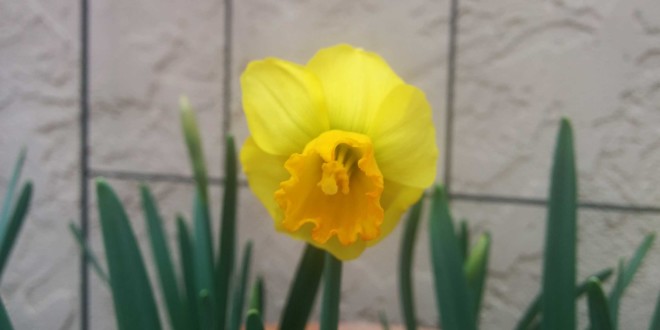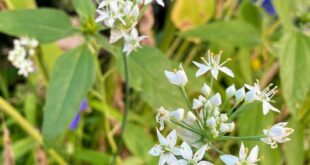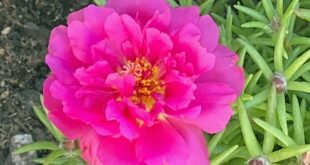Daffodils are one of the first signs of spring. Daffodil, (Narcissus pseudonarcissus), also called common daffodil or trumpet narcissus, bulb-forming plant in the amaryllis family, widely cultivated for its trumpetlike flowers. Daffodils are native to northern Europe and are grown in
Daffodils naturalize so they reliably come back every spring, often with more bulbs.
Don’t eat the daffodils. All parts of the daffodil contain a toxic chemical, lycorine. The part of the plant that contains the highest concentration of lycorine is the bulb. However, eating any part of the plant can cause symptoms such as nausea, vomiting, abdominal pain, and diarrhea.
Spacing:
6-9 in. (15-22 cm)
Bloom Time:
Mid Spring
Hardiness:
USDA Zone 4b: to -31.6 °C (-25 °F)
USDA Zone 5a: to -28.8 °C (-20 °F)
USDA Zone 5b: to -26.1 °C (-15 °F)
USDA Zone 6a: to -23.3 °C (-10 °F)
USDA Zone 6b: to -20.5 °C (-5 °F)
USDA Zone 7a: to -17.7 °C (0 °F)
USDA Zone 7b: to -14.9 °C (5 °F)
USDA Zone 8a: to -12.2 °C (10 °F)
USDA Zone 8b: to -9.4 °C (15 °F)
USDA Zone 9a: to -6.6 °C (20 °F)
USDA Zone 9b: to -3.8 °C (25 °F)
USDA Zone 10a: to -1.1 °C (30 °F)
USDA Zone 10b: to 1.7 °C (35 °F)
USDA Zone 11: above 4.5 °C (40 °F)
Sun Exposure:
Sun to Partial Shade
Danger:
Handling plant may cause skin irritation or allergic reaction
Bloom Color:
Foliage:
Smooth-Textured
This plant is resistant to deer
Other details:
Soil pH requirements:
6.6 to 7.5 (neutral)
7.6 to 7.8 (mildly alkaline)
Patent Information:
Propagation Methods:
Seed Collecting:
N/A: plant does not set seed, flowers are sterile, or plants will not come true from seed
Foliage Color:
Bloom Characteristics:
Flowers are fragrant
Water Requirements:
Where to Grow:
Regional
This plant has been said to grow in the following regions:
Atmore, Alabama
Cazadero, California
Elk Grove, California
Garberville, California
Perris, California
Read more: http://davesgarden.com/guides/pf/go/48947/#ixzz41z7d6QJs








